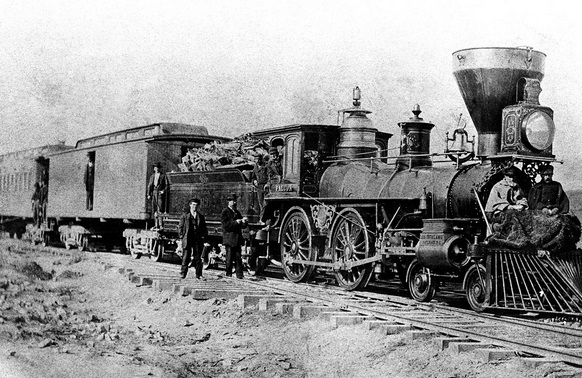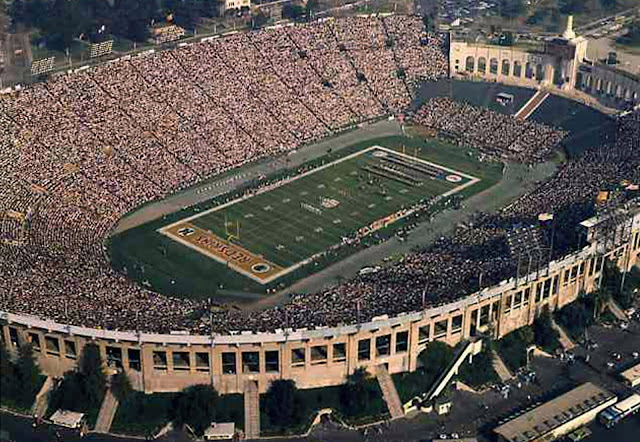Get Your Kicks On...Route 129!
Illinois Route 129 is hardly unique among State Routes in that it is a former alignment of US Route 66, specifically the 1940 realignment, but it is an interesting both for its time as The Mother Road, and a more modern case study in deteriorating infrastructure in this country, as is used to be much more robust than its current 4-mile alignment between I-55 and IL-113 in Braidwood. For those looking to traverse Route 66, however, you'll find many more roadside attractions on the adjacent Route 53, like the Polk-a-Dot Drive In in Braidwood, or the Gemini Giant in Wilmington. Former bridge over railroad tracks at Braceville on IL-129 (Formerly US-66). Image: Library of Congress But today's blog is on IL-129. It's a product of the Interstate System, as it gained its number in 1960 when US-66 was rerouted onto a new freeway slightly west of the 1940 realignment, in anticipation of what would become US-66's replacement, I-55, which is what it...




